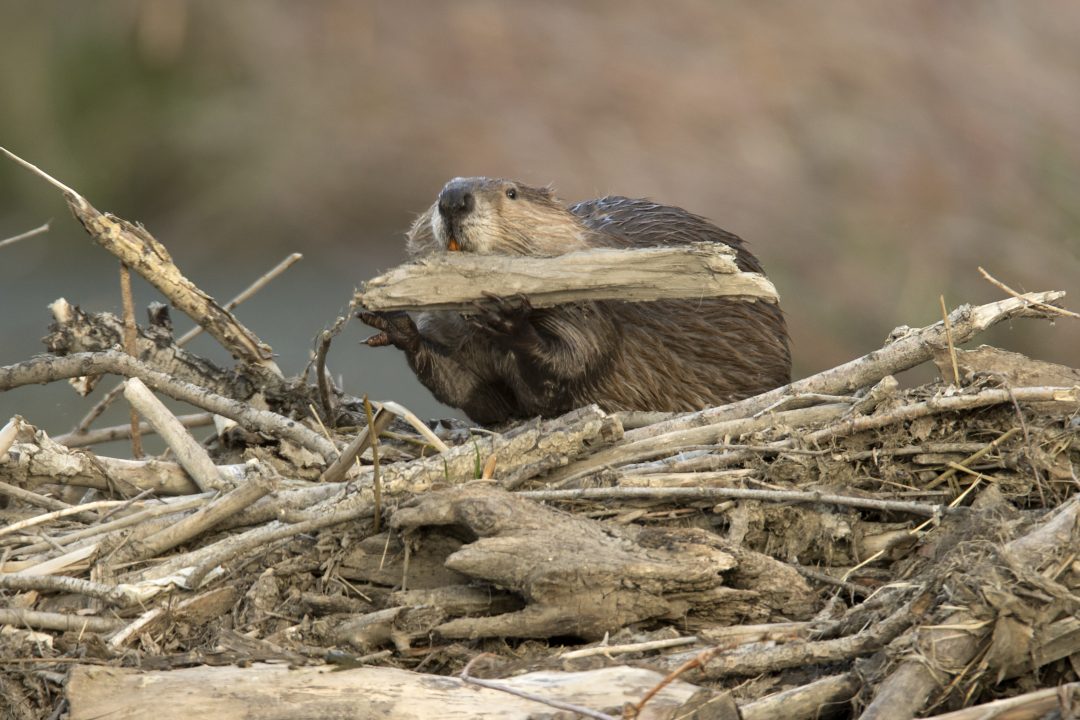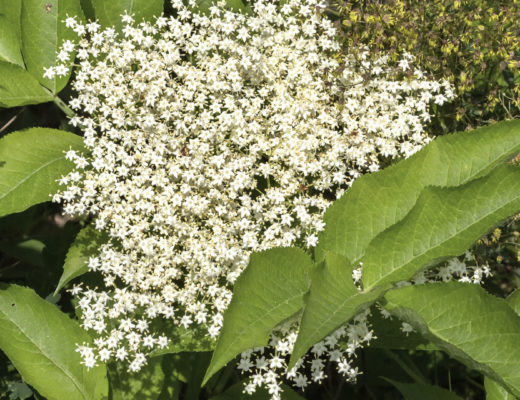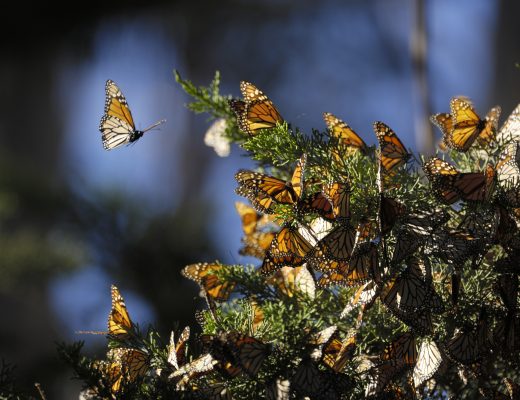Ecosystems around the globe are facing alarming challenges, and trees are one piece of the solution — especially when it comes to supporting keystone species.
As the name suggests, keystone species are organisms that play a key role in and have a disproportionate impact on their surrounding ecosystem. Without these species, entire ecosystems could collapse. The Arbor Day Foundation is committed to supporting these ecosystem MVPs through tree planting initiatives. Check out how our reforestation efforts are protecting the keystone species below.
American Beaver
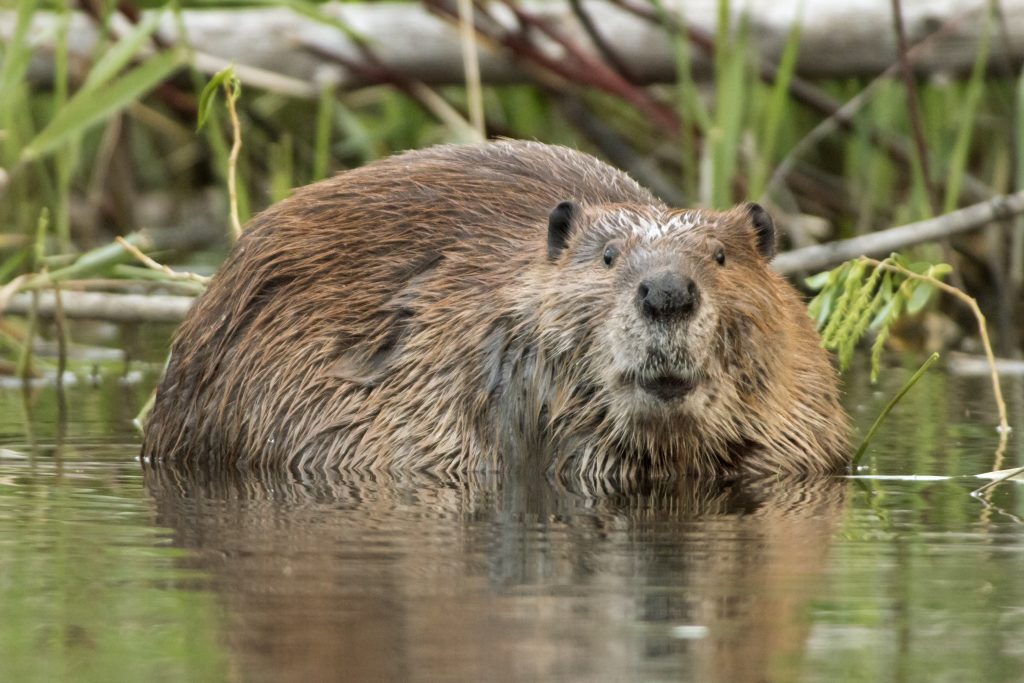
These little fellas, who are often seen as the enemy of trees, moonlight as ecosystem engineers. As they build their homes and dams across rivers, they create impoundments and wetland areas, which are then used by trout, otters, birds, and bugs. While newly planted seedlings ought to be protected from over-eager beavers, as the trees grow, they will help reduce runoff and, eventually, fall valiantly at the teeth of beavers and serve as lovely new homes. Beavers can be found across North America, ranging from the northernmost portions of Mexico to the Arctic tundra. This year, we are supporting reforestation projects along the Willamette River in Oregon and Otter Creek in Vermont which will help provide clean water and habitat to these buck-toothed keystone species.
Pacific Salmon
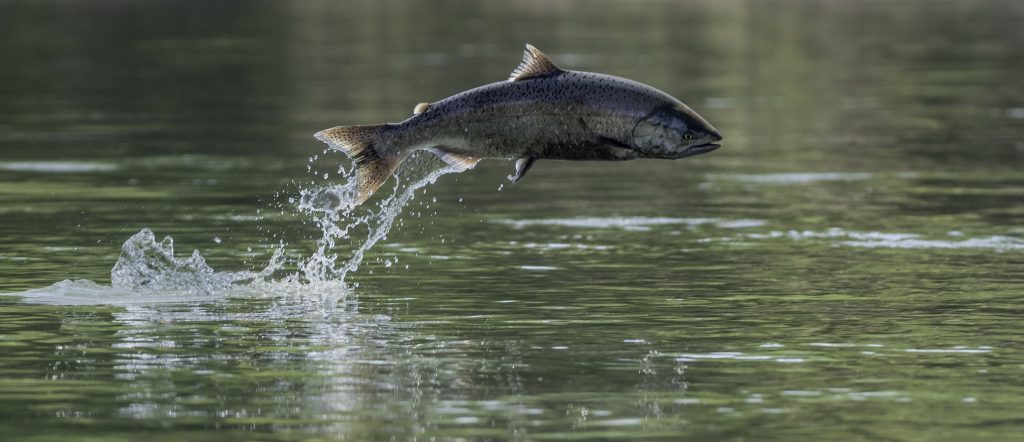
Pacific salmon are a well-traveled keystone species upon which 137 species rely. From rivers to the ocean, salmon keep insect populations in check and serve as important prey for bears, wolves, migratory birds, and even orcas. Beyond this, salmon have an intimate and symbiotic relationship with their surrounding forests — the forest helps reduce runoff and provides shade to important freshwater breeding grounds and, at the end of a salmon’s life, their remains provide valuable nutrients back to the forest. Unfortunately, salmon species have been in drastic decline due to deforestation, industrialization, flood control measures, and pollution. As part of a multi-pronged effort, this year we are supporting the reforestation of nearly one million trees within the Columbia River Basin in Oregon.
Gopher Tortoise
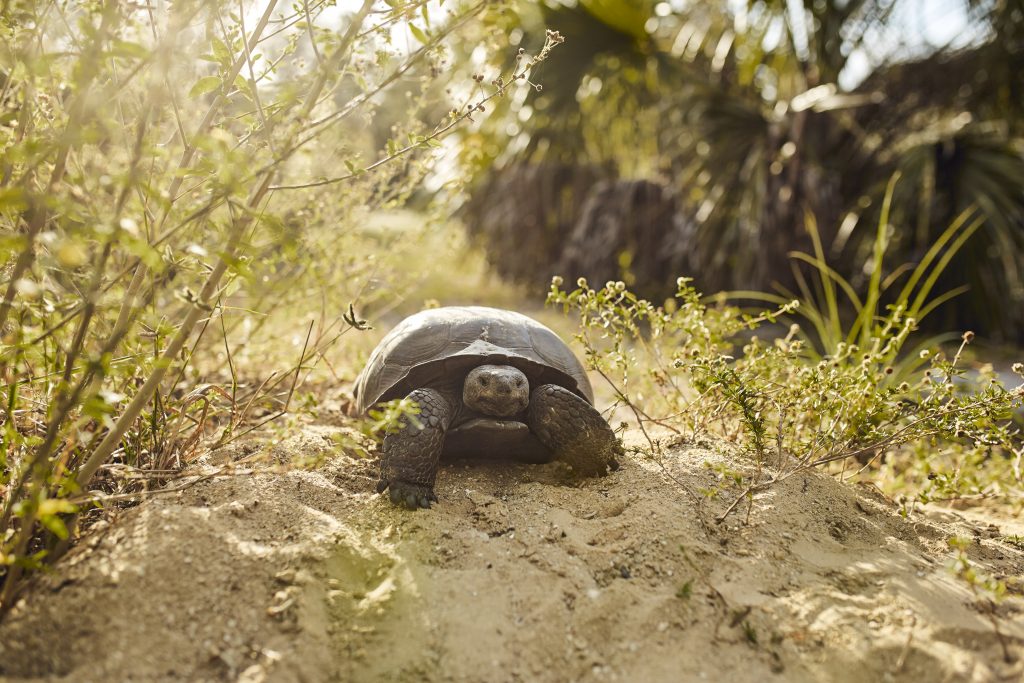
These gentle and unassuming creatures are so important that they have their own holiday in Florida — April 10, Gopher Tortoise Day. Not only do humans celebrate these threatened tortoises, but so do the more than 350 other species that rely on gopher tortoise burrows to survive. These professional burrowers need well-drained, sandy soils found in habitats like longleaf pine sandhills. We are supporting the reforestation of millions of longleaf pines across Louisiana, Mississippi, Alabama, Florida, Georgia, and South Carolina — the gopher tortoise’s natural range. Restoring this fragmented habitat is critical to ensuring the success of this threatened species.
Bats

Cave-roosting bats are keystone species — bat guano is often considered the basis of a cave’s food chain. Forests protect both cave entrances, an important resting place for the federally endangered Indiana bat, and provide important foraging and maternal roosting habitat in the summer. Outside of caves while people are fast asleep, bats are busy eating insects, spreading seeds, and pollinating plants. This year, we’re supporting reforestation efforts in Indiana near the Ohio River aimed at creating and improving important habitat for bats. The site will be protected as a nature preserve to ensure that our bat friends and their forest are protected for many years to come.
Mangroves

Like our tortoise friends, mangroves have their own holiday — International Day for the Conservation of the Mangrove Ecosystem on July 26. Mangroves are sometimes referred to as the “roots of the sea.” Their root system creates a unique habitat upon which many other species rely, including lizards, snakes, and nesting birds above the water, and fish and marine mammals below the water. For creatures further onshore, mangroves help stabilize shorelines, protect areas from flooding, and stop excess sediment from reaching the ocean. Mangroves can be found all around the globe, and this year, we’re committed to supporting mangrove restoration in Haiti, Madagascar, and Mozambique.
Our work protecting keystone species is just one part of the Arbor Day Foundation’s reforestation efforts. Find out more about our replanting work.

